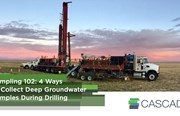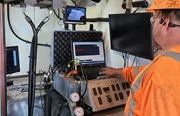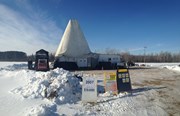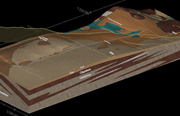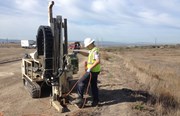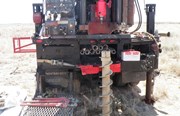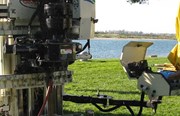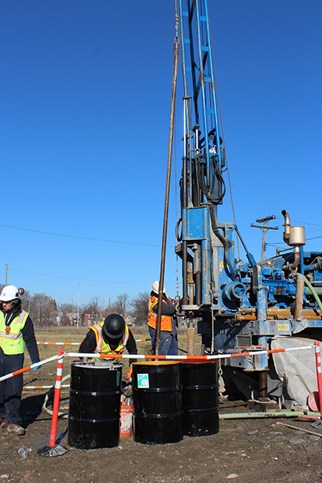 What is split spoon sampling?
What is split spoon sampling?
Split spoon sampling—also sometimes referred to as standard penetration testing or SPT—is a method of measuring the load-bearing capabilities of the subsurface.
How does split spoon sampling work?
Using a drill rig, the split spoon tooling is driven into the soil. The tooling is marked at six inch intervals to measure how many blows it takes to drive the tooling to a specific depth. The number of blow counts indicates how compacted or hard the soil is, and provides engineers with the ability to calculate the load-bearing capability of the subsurface and safely design their structures.
What are common reasons for using split spoon sampling?
Split spoon sampling is the industry standard for geotechnical and infrastructure projects. It is used anytime construction or major structural modifications are being considered, as the data produced influences the design and ultimate safety of the general public.
Split spoon sampling can also be used for collecting environmental samples of the subsurface. Before sonic technology was common, split spoon was typically how core samples were retrieved. It is still used for this purpose when drill rigs can achieve the depths required; in such cases, a hole is drilled to the top of the interval needed for the sample (typically with auger or another traditional drilling method), and the split spoon tooling is driven in from there.
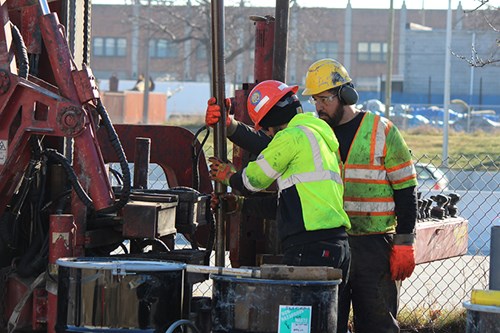
Why choose split spoon sampling?
For geotech and infrastructure projects, there is no viable alternative to split spoon or SPT technology. It is the industry standard method for measuring the load bearing capability of a potential construction site.
For environmental sampling purposes, split spoon sampling is a solid choice of technology if you are simultaneously collecting samples while developing a well, or if you require core samples but have chosen not to use sonic for your drilling.

